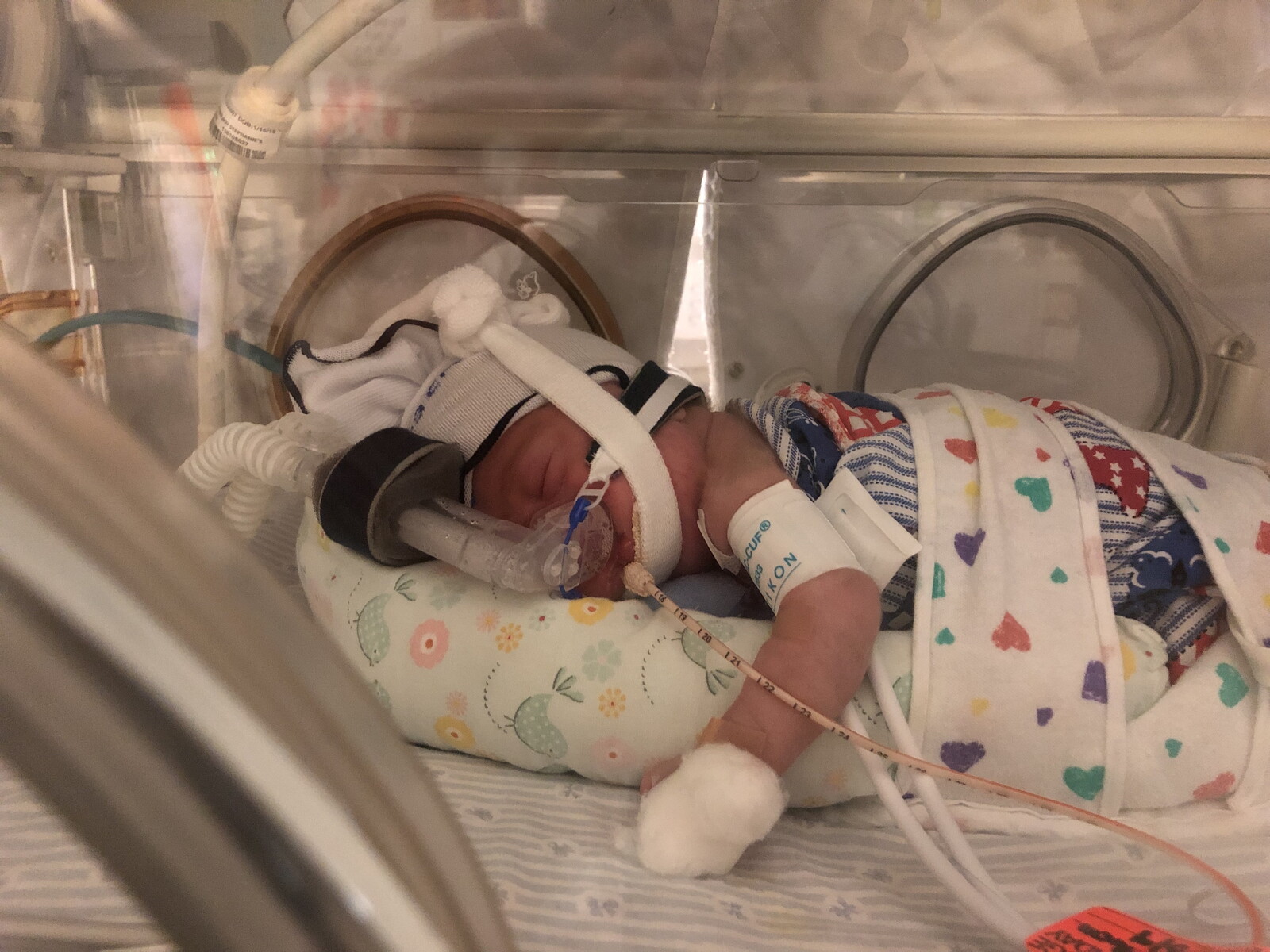Last March, a rocket ship carrying Colorado astronaut Steve Swanson and two Russian cosmonauts arced into space from a launch pad in Kazakhstan. The journey to the International Space Station was expected to take six hours. But as the capsule approached the station, a thruster failed to fire.
After a few tense moments, the team went with Plan B.
“We had to fall back to the other scenario that lasts for two days,” Swanson, who lives in Steamboat Springs, told CPR News in his first interview since arriving home after nearly a half year -- 169 days -- in space.
Swanson talked about some of his more bizarre moments in space. For example, at times all the equipment in the capsule had to be turned off to conserve fuel and electricity, he said. The capsule and the astronauts inside would “spin there for just hours” until the next window to zoom towards the International Space Station opened.
“So it ends up being just a long time just doing that and that’s not too much fun,” Swanson said.
Swanson’s mission was to assist, and then relieve, the space station’s 39th Expedition. When that expedition officially ended in May, the 53-year-old Swanson took command of the station's 40th Expedition.
It was Swanson's third time in space, a trip that had many demands.
 In April, he was asked to walk in space for the fifth time in his career. He and fellow astronaut Rick Mastracchio donned spacesuits and emerged from the station's interior to repair a problematic computer, and do “a couple of other things while we were out there,” Swanson said.
In April, he was asked to walk in space for the fifth time in his career. He and fellow astronaut Rick Mastracchio donned spacesuits and emerged from the station's interior to repair a problematic computer, and do “a couple of other things while we were out there,” Swanson said.
Spacewalks provide breathtaking views of Earth, but are also a test of the nerves, he said, because of the intense focus needed to complete the job at hand. Also, there's an ongoing concern about space debris.
“We have micro-meteorites out there, and if you get hit by one of those, it’s probably not going to be a good day," Swanson said.
The spacewalk was completed safely.
The expedition also had some lighter moments, which played out in the vastness of another frontier -- cyberspace. In August, actor William Shatner, known for his role as the original Capt. Kirk on “Star Trek,” simply tweeted: “How is @NASA doing today?”
 “Star Trek” fans geeked when NASA responded: “@WilliamShatner Good day, Captain. #ISS is in standard orbit and Commander Swanson has the conn. Hope you’re having a great weekend!”
“Star Trek” fans geeked when NASA responded: “@WilliamShatner Good day, Captain. #ISS is in standard orbit and Commander Swanson has the conn. Hope you’re having a great weekend!”
Swanson himself nabbed a small piece of social-media history -- the first Instagram picture taken in space. It was a smiling “selfie,” taken in front of a space station window with a view of Earth’s blue waters and wispy white clouds.
“Back on ISS, life is good,” Swanson wrote.
 In the summer, World Cup fever was as strong in space as it was on Earth, Swanson said. When the U.S. national team faced Germany, Swanson and another American astronaut made a bet with German astronaut Alexander Gerst. If the Americans lost the match, the U.S. astronauts would shave their heads like Gerst’s, Swanson said. And if the Germans lost? Gerst agreed to attach an American flag to his bald head.
In the summer, World Cup fever was as strong in space as it was on Earth, Swanson said. When the U.S. national team faced Germany, Swanson and another American astronaut made a bet with German astronaut Alexander Gerst. If the Americans lost the match, the U.S. astronauts would shave their heads like Gerst’s, Swanson said. And if the Germans lost? Gerst agreed to attach an American flag to his bald head.
Swanson said his hair has grown back nicely since the Americans' 0-1 loss to Germany in late June.
The U.S. astronauts didn't place bets with their Russian colleagues, since the two countries didn't play each other in the World Cup, but the U.S. and Russia have faced off in the political space. Still, Swanson said aboard the space station, their relationship remained friendly.
“You don’t let issues like that between the governments that we have dictate what happens between us,” Swanson said. “We’re all above that. And so we didn’t have any conflicts between us and we would have discussions about it and, you know, there’s pros and cons to everything out there in the world.”
On Sept. 11, Swanson and two cosmonauts left the space station in a Russian Soyuz capsule. Slowed by a parachute, the Soyuz appeared in the sky over Kazakhstan and settled softly on a grassy field. Rescue workers rushed to the capsule and carried the spacemen to rocking chairs, bundling them in blankets before whisking them off to an inflatable medical tent for evaluation. Swanson said he was unsure why he and the other spacemen were placed in the chairs.
“My guess would be that’s what they did early on in the program and once Russians have a tradition, they do not change,” Swanson said.
Though nearly a week has passed since his return, Swanson said recovering after the lengthy space voyage can be slow and arduous, and he feels that he has become the “lab rat/Guinea pig.”
“I have muscle biopsies, I’ve had many MRIs, ultrasounds -- all sorts of things done to me at this point and I have many more to go,” he said.
He said he is in a rehabilitative process and working to get his normal functioning back, such as simply dribbling a ball or running.
Swanson kept fit on the space station by exercising two hours a day, including running on a treadmill, attaching himself to it with a harness.
He said he would return to space “if they’ll let me.”








